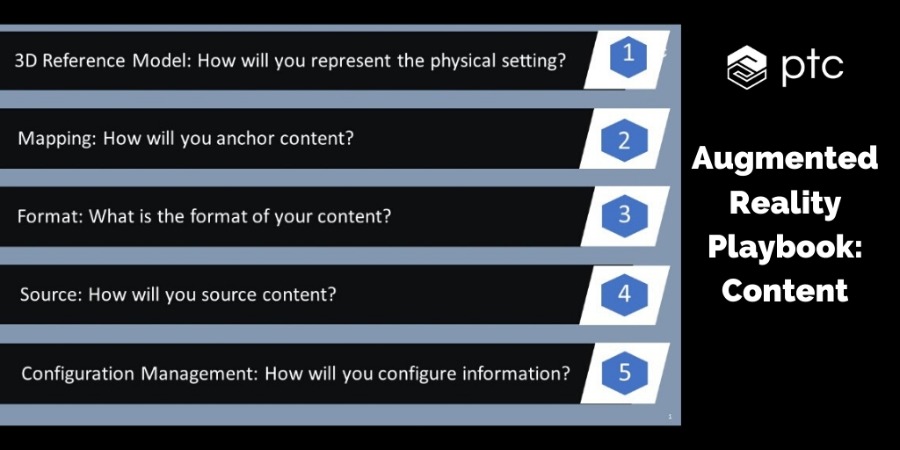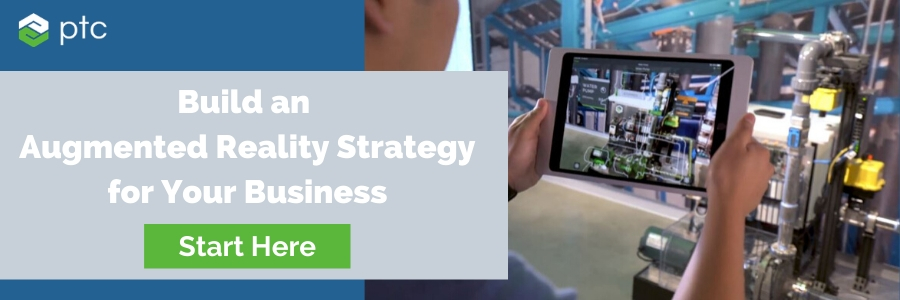
Content management systems have transformed several times since their inception over 30 years ago. These generational changes have primarily aligned with alterations to the internet and how we use it.
First came Web 1.0 with tablestakes internet sites and online shopping carts. Then, Web 2.0, or the ‘social web’, brought more sophisticated and usable forms of user content. Web 3.0 or the ‘semantic web’ is being structured to accommodate for ubiquitous and personalized content delivery across channels and devices.
While certain technologies have leveraged elements from our presence in the physical world, such as GPS location applications in smartphones enabling 2D navigation content, we have yet to fully embed digital content or the ‘web’ to our lives.
The next computing paradigm will inevitably come to the physical 3D world and form the ‘Spatial Web’. This new web will raise questions (and challenges) of how content is managed and mapped within our surrounding environment.
Augmented reality (AR) technology links the physical and digital worlds and is positioned to be a key content management system for the spatial web. While AR will provide innovative means to content accessibility, communication, management, and analysis, it’ll bring challenging considerations including where the information is from, who it is for, and how it is configured in complex deployments.
In order to take advantage of this emerging web, businesses looking to leverage augmented reality needs to ask themselves key questions:
Below we’ll dive into five critical questions when rolling out augmented reality content for your business. For more in-depth explanation and training, AR thought leader and PTC CEO Jim Heppelmann has created a Massive Open Online Course (MOOC) – How to Build an Augmented Reality Strategy for Your Business – to further educate the market on AR. To take a step back, it will be useful to read our first installment ‘Jump-Start an Augmented Reality Strategy with These 6 Questions’ also based on the MOOC.

Options: None, Surface Plane, Image Marker, 3D Object Model, 3D Spatial Model, 3D Object Capture, 3D Spatial Capture
To create an AR experience, content creators need to understand what the physical world is like so they can map content relative to it. There are an array of 3D Reference Models augmented reality applications can leverage to represent this physical setting.
Options: None/Unregistered, 3D Waypoint, Detected Surface, Marker Coord System, Object Coord System, Re-tetherable
Anchors are fixed positions, locations, and orientations of the real world and critical coordinate inputs for AR applications.
Options: Text & Data, Images, Sound, Video, 3D Holograms, Haptics, Code & Logic, AI/ML models
There are a mix of 2D (text, images, etc.) and 3D format methods (haptics) that can be leveraged for AR content.
Options: Purpose-built, Repurposed Content, IoT/OT Data, IT Data, Simulation Engine, AI/ML Engine, Human Assistance
Getting or ‘sourcing’ content for augmented reality experiences can come from an array of different systems ranging from paper-based standing operating procedures to smart connected product data.
Options: Hard-coded, File System, Content Server, Product Lifecycle Management (PLM), Building Information Modeling (BIM)
With mass customization, product and service complexity is growing for OEMs and creating a need for a seamless digital thread operating across domains and departments. AR content strategies will need to accommodate for this vast digital and paper information ecosystem.
Creating content for the 3D world we live in will introduce cutting-edge innovations across commercial and consumer applications. Augmented reality will be the technology bridge to transpose this digital content in the physical world, creating spatial context that forms the ‘spatial web’.
Download the AR MOOC for more detailed considerations and our AR strategy blog for additional guidance.

David Immerman is a business analyst on PTC’s Corporate Marketing team providing thought leadership on technologies, trends, markets, and other topics. Previously David was an industry analyst in 451 Research’s Internet of Things channel primarily covering the smart transportation space and automotive technology markets, including fleet telematics, connected cars, and autonomous vehicles. He also spent time researching IoT-enabling technologies and other industry verticals including industrial. Prior to 451 Research, David conducted market research at IDC.
©Copyright 2025. All rights reserved by Modelcam Technologies Private Limited PUNE.